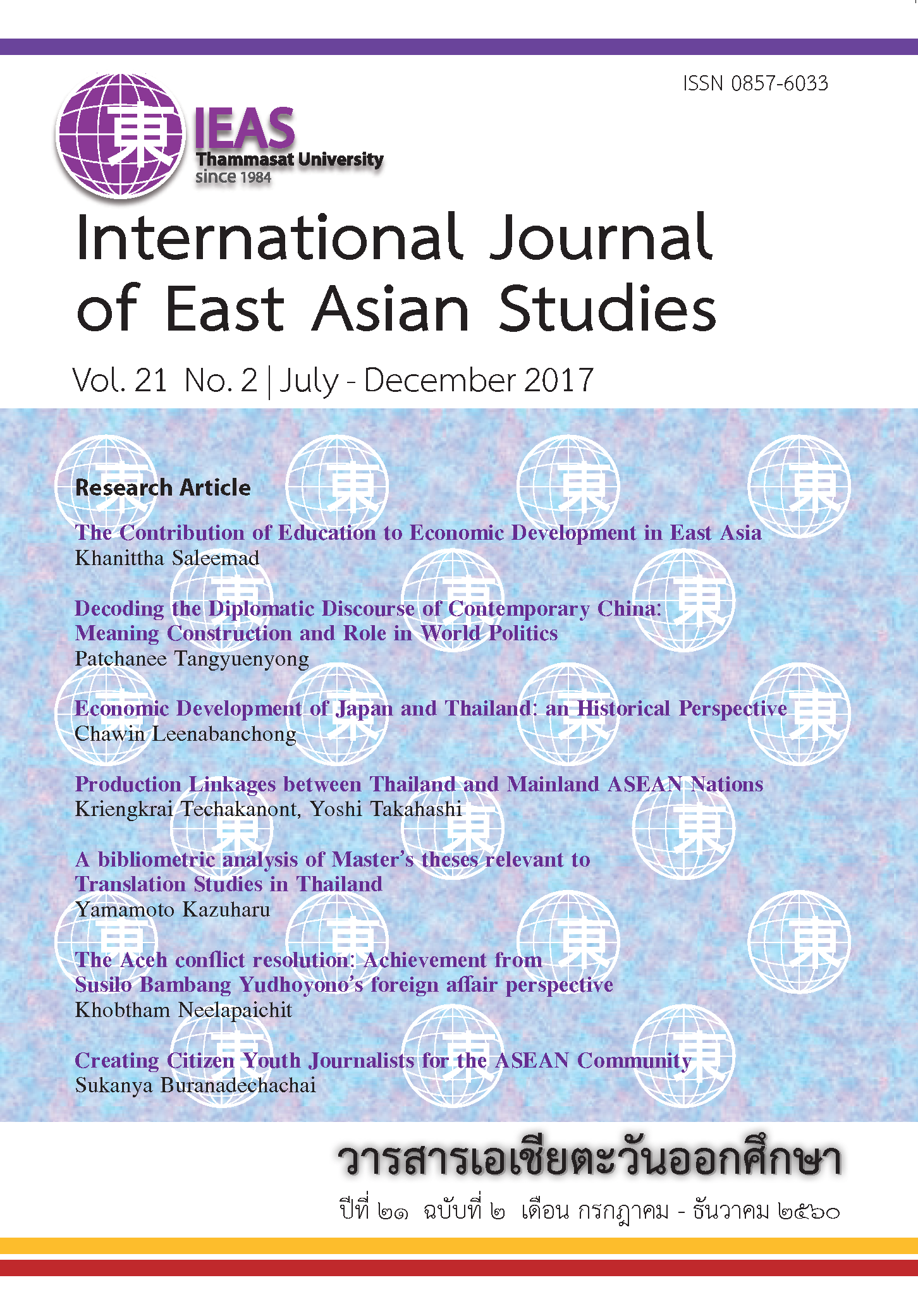The Contribution of Education to Economic Development in East Asia
Abstract
This article examines the educational development in East Asian countries such as Hong Kong, Singapore, South Korea and Taiwan, known as the Four Asian tigers. The attention is to identify the significant features that played a major role in the process of educational development that contributes to economic growth in these countries. The study shows that their economic development relies heavily on educated workforce and investment in education can contribute to the productivity and economic growth. Although, there is no a single model for developing a successful educational system among Asian countries, there are common features between Asian educational systems, which are 1) they all aim at the same target which is building a well-qualified human power, 2) they place human resource development at the core of plans for national development, 3) primary schools are considered the foundation for a sequential successful education, with special attention to sciences and mathematical subjects; that eventually contributes to economic development, and 4) there are the mechanisms for coordinating the supply of skilled workforces so as to meet the demands of industry.


